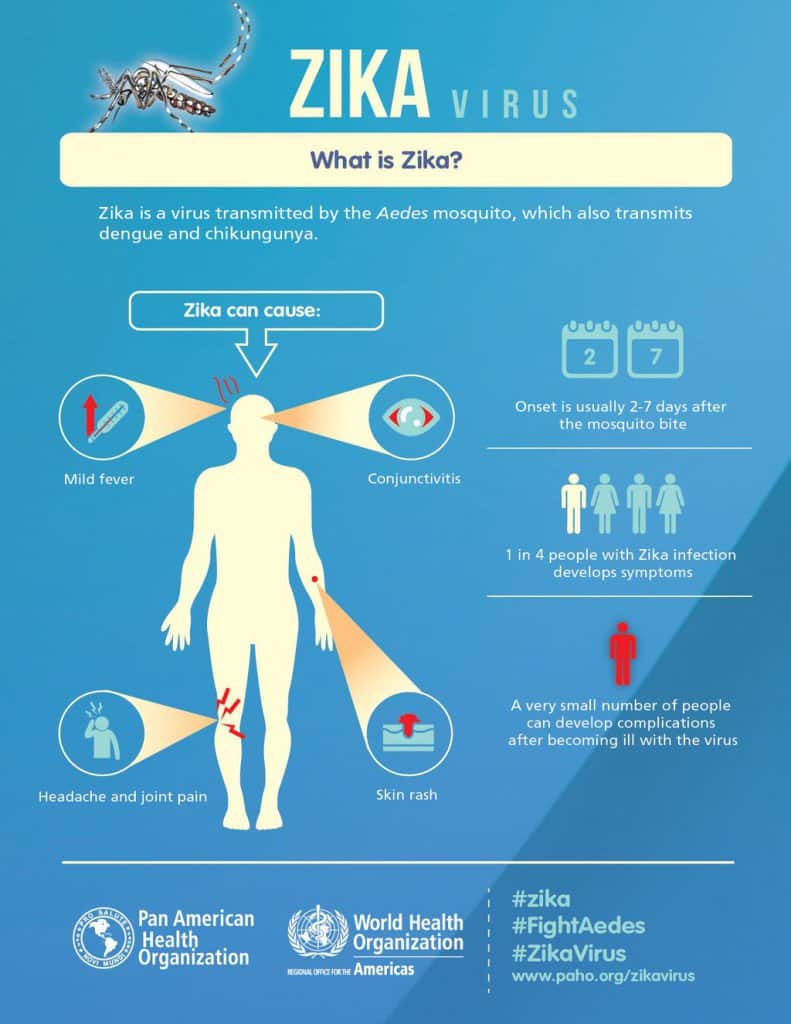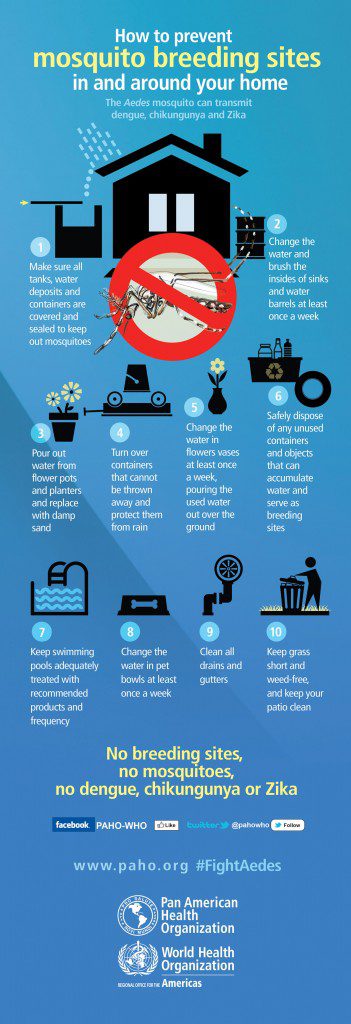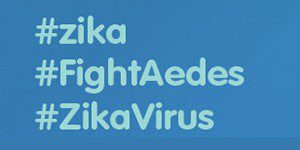The explosive nature of the Zika virus has made it one of the most newsworthy diseases for media networks worldwide. And that newsworthiness comes at a price – modern news stories often cause more panic than good. And because modern news often blows stories out of proportion, there are those who refuse to believe the basic facts because of the way in which they were presented.
This article lays out the facts about the Zika virus so that you can make the best personal choice about future travel in and around Ecuador or other locations threatened by this virus.
The Bad News about Zika
Here is the scary part: the Zika Virus may be related to increased cases of Guillain-Barré syndrome, a neurological disorder, and pregnant women giving birth to babies with microcephaly, a form of severe brain damage. Although the vast majority of cases are caused by mosquito bites, the first case of sexually transmitted Zika has been reported in Dallas, Texas.
Although there is correlation between Zika and these two conditions, direct causation has yet to be proved. No one wants to put unborn children at risk, therefore the World Health Organization (WHO) is treating Zika as if there is a causal relationship. WHO has declared a global emergency in order to better coordinate efforts between countries and organizations working to investigate the virus. Governments in Brazil and Columbia have outright asked women not to get pregnant until more can be learned. The US State Department has put out a travel advisory while the US Department of Defense is offering to relocate at risk family members.
For those wondering why this has happened in South America and not Africa, where the virus has been around since the 1940’s, there are few answers. However, Alberto Ko, an epidemiologist from Yale working on this issue in Brazil, told NPR that South America could be providing fertile ground with few people immune to the disease or that the disease could be mutating. Further studies will tell us more.
What We Do Know About Zika
In the meantime, here is what we do know. The Zika virus is one of five viruses carried by the Aedes Aegypti mosquito. The other four are Yellow Fever, Malaria, Dengue, and Chikungunya. Yellow Fever is prevented by vaccine. Malaria is prevented by taking prophylactic medication before and during visits to areas where the mosquitos carry the disease. There are no vaccines or medications that prevent Dengue, Chikungunya, or Zika. Therefore, it is extremely important for people living in areas where the Ae Aegypti lives to take other precautions.
The Pan-American Health Organization recommends these tips to prevent mosquito bites:
- Cover exposed skin by wearing long-sleeved shirts and long pants.
- Use EPA-registered insect repellents containing DEET, picaridin, oil of lemon eucalyptus (OLE), or IR3535. Always use as directed.
- Pregnant and breastfeeding women can use all EPA-registered insect repellents, including DEET, according to the product label.
- Most repellents, including DEET, can be used on children aged >2 months.
- Use permethrin-treated clothing and gear (such as boots, pants, socks, and tents). You can buy pre-treated clothing and gear or treat them yourself.
- Stay and sleep in screened-in or air-conditioned rooms.
These are good precautions to take but it would be even better if we could prevent Aedes Aegypti from breeding in the first place. Ae Aegypti tends to be a low-altitude insect, living primarily in coastal and jungle communities below 1700 meters. That means the Ecuadorian Sierra is currently considered safe from the Zika virus.
Be advised that a National Institute of Health Study shows that a warming climate is opening higher elevations to the Ae Aegypti and that small numbers were present but rare from 1,700 to 2,130 meters in Mexico. Furthermore, a mosquito that can carry both Dengue and Chikungunya can survive more extreme temperatures and higher elevations, the Aedes albopictus. This information isn’t shared to alarm but to make people aware that preventing mosquitos from breeding in any location is the always the preferable solution. Successful mosquito eradication means that it would be more difficult to pass on these viruses to new mosquito populations and is possibly an explanation why warmer climates in the United States are seeing fewer cases than similar climates in Central and South America.
The Ae Aegypti prefers human blood to all other and naturally looks for breeding habitat near humans. According to EliminateDengue.com, this mosquito:
- Generally lives indoors and near people
- Rests in cool shaded places in houses such as in wardrobes, laundry areas and under furniture
- Is hard to catch and moves very quickly, darting back and forth
- Often bites around your feet and ankles, and may bite repeatedly
- Has a bite that is often relatively painless, so you may not notice you are being bitten or you may think you are being bitten by sandflies or biting midges
- Feeds during daylight hours. Biting activity is higher in the two hours after sunrise or before sunset, but they will bite throughout the day. As a result bed nets do not prevent transmission of Dengue, Chikungunya, or Zika.
Your Trip to Ecuador
If you are concerned about the mosquito, help calm your fears by asking hotels, hostels, lodges, and owners of rental properties about their mosquito eradication programs. These mosquitos bite mainly in the wee hours of the morning and just before sunset. They fly only about 500 meters from where they were born. If your place of lodging follows a few basic steps, they should have fewer problems with Ae Aegypti and other mosquitos. Some basic questions you might ask:
- Is there standing water where mosquitos breed?
- “Are outdoor tanks of water covered to prevent mosquitos from laying eggs?”
- “Are outdoor sinks and drains regularly flushed, scrubbed, and cleaned?”
- “Are indoor shower and sink drains flushed, scrubbed, and cleaned on a weekly basis?” – this later is especially important at ‘wilderness’ lodges where indoors and outdoors have vague boundaries.
- “Are drains and gutters frequently scrubbed and cleaned?”
If the place you are staying can’t tell you what they are doing, then look for another lodge or hotel. Asking for these places to take measures to prevent mosquitos breeding near their lodges and hotels is acceptable. And sharing visual aides in both Spanish and English may help get the point across better than a conversation via the telephone.
As of this writing, the virus has not appeared in the Galapagos. The latest figures for Zika cases in Ecuador can be found on the Pan American Health Organization Website.
If you are an American living in Ecuador or elsewhere in Central or South America, we recommend signing up for STEP, the Smart Traveller Enrollment Program. This way, you will receive important updates from the US Embassy closest to your travel destination. All others should contact their own Embassies or Consulates and ask to be placed on email lists to receive updates on the Zika virus and other travel concerns in country.
For updates from the Pan American Health Organization – consider following these hashtags on Twitter:

















0 Comments